Benzoin : Fragrant Resin From Laos
Luang Prabang, a town in northern Laos, is a city of magnificent temples and old royal palaces. Although far from undiscovered by tourists, it still has a quaint ambiance and a mellow pace of life. It stretches languidly along the Mekong, glittering with the numerous golden spires that grace its pagodas. Visitors are attracted here by Luang Prabang’s beautiful architecture and even more by its splendid cuisine, but I made the journey for the aromatic material called benzoin.
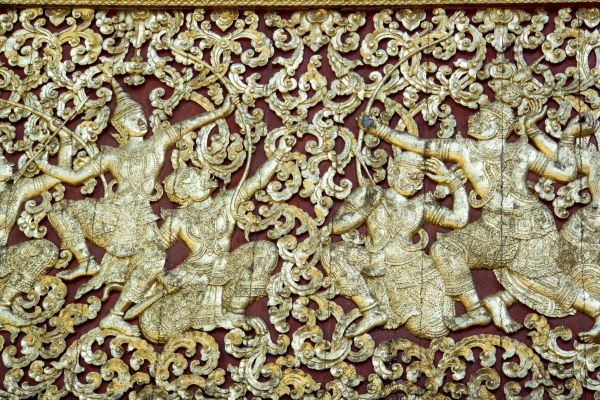
Laotian benzoin is a balsamic resin tapped from the Styrax tonkinensis trees. Redolent of vanilla and cinnamon, it’s a material with centuries old history. Its uses for incense, pharmacology and cosmetics have been recorded since antiquity, while in perfumery it has always played an important role as a warm base note. Today it continues to be highly valued. In fragrances, benzoin can be found all over the scent wheel, from citrus colognes to ambers. Classics like Chanel Égoïste and Guerlain Shalimar rely on its sweet accent. It’s also used for scenting toothpaste, soap, and a variety of other day-to-day necessities.

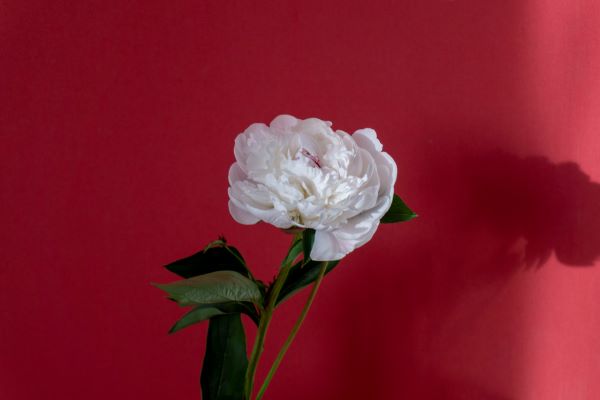
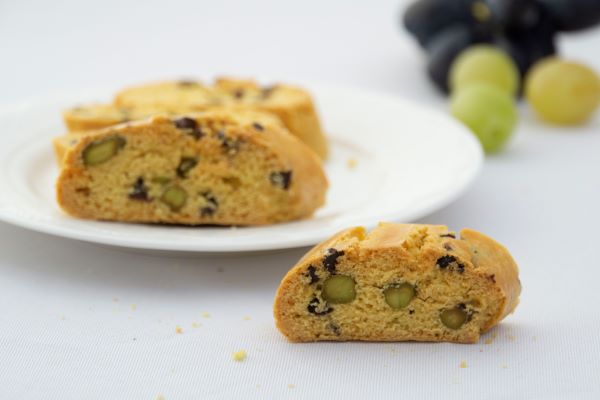



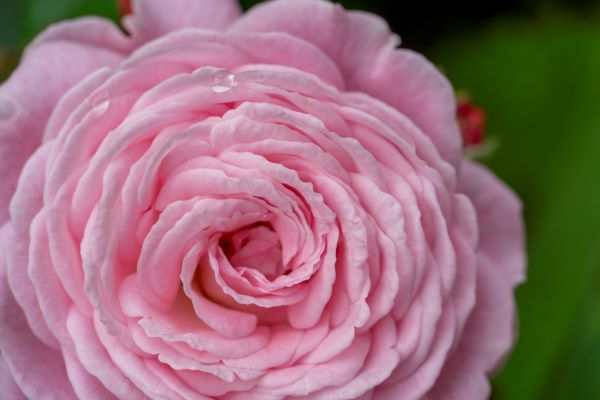
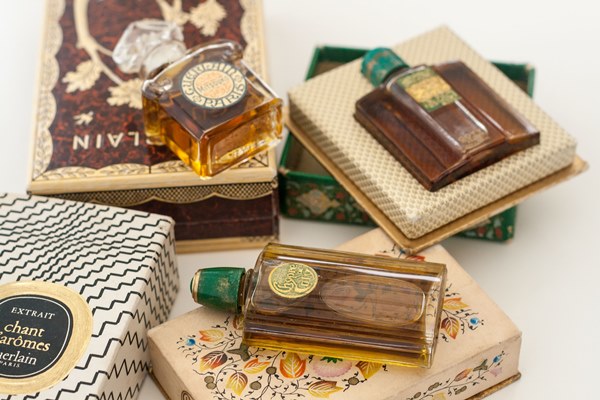









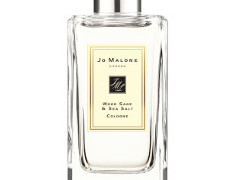
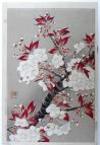
Judith R in From Gingerbread to Kue Lapis: Spicy Gourmand Perfumes for Holidays: Not exactly gingerbread, but Safran Troublant by L’Artisan Parfumeur is a favorite warm and festive fragrance of mine. December 27, 2024 at 6:13pm